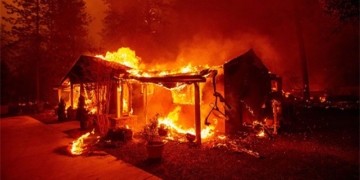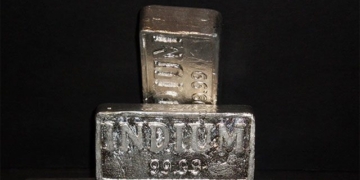 You remove your memory card from your digital camera and plug it into the card reader of your PC, but you can’t find a single photo on it. Windows or your photo editing software, or file recovery applications do not detect any photos on that card. Don’t worry too much because most of those images can be recovered using standard procedures along with special recovery tools. This article will address this issue.
You remove your memory card from your digital camera and plug it into the card reader of your PC, but you can’t find a single photo on it. Windows or your photo editing software, or file recovery applications do not detect any photos on that card. Don’t worry too much because most of those images can be recovered using standard procedures along with special recovery tools. This article will address this issue.
If you are concerned that your digital memory card may have a problem, you should stop using it immediately. Do this if your digital camera or PC cannot read the card, or if the card can only store 38 photos while its capacity is supposed to be more than 50, or if the photos you want to view have suddenly been deleted or are distorted on your digital camera’s display. Just stop using that card right away.
Why can’t Windows assist you?
The Windows operating system allows you to read and delete photos on the memory card, but it cannot recover deleted photos because there is a difference between a computer’s hard drive and a digital memory card.
Extended digital memory cards have a structure similar to other storage devices, such as a FAT table, root directory, subdirectories, data storage area, boot data, and MBR (Master Boot Record) partition table. However, they must be formatted using non-PC devices—here, it could be a digital camera—that use a specific compatible operating system. These memory cards also contain CIS (Card Information System) data that stores information about the manufacturer, type of camera, and photos.
Even if the data area of the card—where the photos are stored—is intact, issues with other components of the card can sometimes be unavoidable. Photos are often lost when the card is removed while photos are being saved, causing the card to be reformatted and all photos to be deleted. In such cases, not only are the photos lost, but the FAT information is also erased; however, image files can still be recovered. Only in special cases do certain types of memory cards not only delete information but also overwrite those areas with zeros, making recovery impossible—such is the case with Casio and Kodak EasyShare.
If the boot information of the card is damaged, you will receive a message indicating that the card cannot be read or formatted. If the root directory is corrupted or the boot information cannot point to these directories, you may lose access to subdirectories and image files. But if you realize these issues in time, your image files may still be there and can be fully recovered using recovery tools.
Recovery Tools
To recover lost photos, you will need photo recovery software. We have reviewed and highlighted some applications in our Utility Guide; you can refer to it here.
Most applications we mention can help you recover photos in common loss situations, such as deletion or data corruption. The two best-rated tools are ImageRecall from FlashFixers, priced at $39.95 www.flashfixers.com, and PhotoRescue from DataRescue – www.datarescue.com.
Download and install the above tools, then point them to your memory card for scanning. You can use either the standard scan mode or deep scan. For files deleted due to carelessness, the standard scan mode is sufficient for recovery. The application will display the files that can be recovered, allowing you to select the photos you want to restore to your computer’s hard drive.
Once you have successfully recovered your photos, you should reformat the memory card using your digital camera and take a few test photos to transfer to your PC. If the card works well, that’s great; otherwise, you might have to sacrifice that card.
Tips – Remember!
– Remove the extended digital memory card from the camera immediately after finishing your photography work, but be sure to wait until all photo storage processes have completed.
– Turn off the digital camera immediately after taking photos.
– Never take photos when the camera battery is nearly depleted.
– Transfer photos on the memory card to the PC while the folders on the card are still open.
– Carelessly reformatting the card.
– Formatting the card on a PC or a different digital camera from the one you used to take the photos.
– Continuing to take photos with a card that has issues.




















































